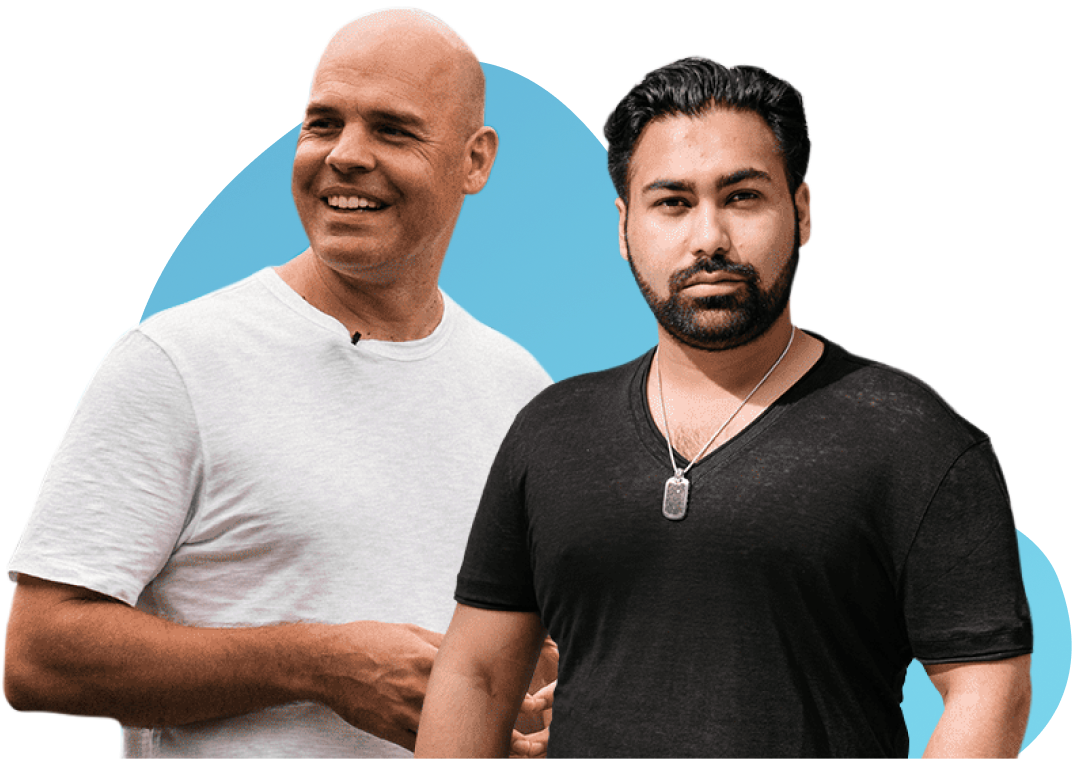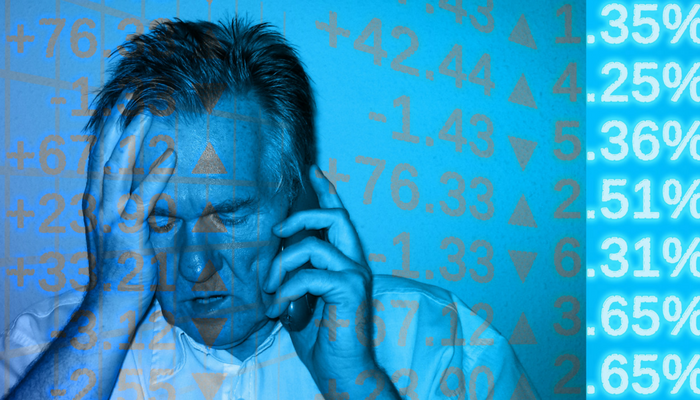Despite our best efforts to avoid it, there is no denying that there is an emotional rollercoaster that traders ride thanks to the market cycles.
Traders want to maximize gains and minimize losses. However, it is easier said than done especially when factors like emotions come to play. And because lifeless robots do not run the trade market, we should seek to comprehend the series of emotions we may experience and how they will affect our interactions.
Because markets will inevitably go through different cycles, participants cannot avoid the psychological effects that each level is bound to reach. It can go from hope to optimism to absolute dread in just a matter of seconds.
There is a known psychology cycle that illustrates the emotional stages during a market cycle and how these emotions affect our decision-making abilities. If we understand the stages, we can perhaps acknowledge what stage we are currently in, avoid the adverse effects of reacting irrationally, and elude the lowest points of the emotional roller coaster ride that is investment trading:
1. Optimism
When the market has been in a steady uptrend for many weeks or even months, traders start to feel at ease about buying as they see good reason to put some money into the market.
All past reluctance diminishes as stories of successful investments are passed around, and no one wants to miss out. “The herd” draws you in, comforting you and erasing any qualms. And because of positive results are pouring in at a sustained pace, we forget all past losses or awareness of risk.
2. Excitement
That optimism quickly turns into excitement as the market continues higher, as early buyers start to reap profits.
Traders are eagerly anticipating that they may be the next success story.
3. Thrill
As the market accelerates, so does investor confidence as there is now a substantial increase in profits. Investors cannot believe how smart they are and their confidence is at an all-time high.
4. Euphoria
At this point, profits are coming in so easily that investors begin to forget the simple principles of risk management.
What could possibly go wrong?
To a trader blinded by greed, nothing could go wrong. This is why the stage of euphoria marks the point of both maximum financial risk and also maximum profit as investors will start to trade anything they can get their hands on expecting every trade to be profitable.
5. Anxiety
And just like that, the market has turned against us. The market starts to show the first signs of losses. “Easy” profits are not so easy anymore, and earlier gains begin to dissolve.
However, greed prevails, and we still think the long-term trend is higher.
6. Denial
When the markets don’t turn as quickly as expect, we start to deny that we may have made poor choices. Or we cling on to the hope that things will improve.
We rationalize the decisions we had made to hold on to losing trades that we figured would eventually come back as good long-term opportunities.
7. Fear
Losses are mounting. Denial has turned into fear, and we are paralyzed. Reality kicks in and suddenly we realize that we aren’t as smart as we thought. Confidence is completely gone, and confusion has taken over.
8. Despair
At this point, all gains have been lost. We are desperate to grab anything just to breakeven.
9. Panic
Perhaps the most emotional stage is panic, and the awful reality sets in of what these losses mean. Clueless and exhausting all ideas, we are now helpless with no control.
10. Capitulation
We are defeated. To avoid any future losses, we sell all our stocks to relieve the pain that we are now feeling. As your portfolio plummets, your emotional pain soars.
11. Discouragement
As we exit the market, we now feel that we never want to buy stocks ever again.
12. Depression
We are left feeling foolish, trying to understand our actions. We went from feeling smart to feeling incredibly dumb as we realize the terrible mistakes we have made in selling near the lows.
People deal with depression differently. Maybe we will cry. Or drink. Perhaps, even pray. We begin to question why we ever became traders in the first place.
13. Hope
But a real trader realizes that markets move in cycles. We know that after the majority have given up, that the market will recover. Slowly, it does, and so do we. We regain our hope and analyze new opportunities.
14. Relief
As the markets take a positive turn and we see our prior investments turn a profit, we sigh with relief and renew our faith in ourselves as traders.
In conclusion:
Because most traders and investors have a plan for everything else except for how to manage their emotions, we witness the psychological cycles of trading and investing more often than not.
When do we get in (buy low) and get out (sell high)? And when traders also don’t often have a sound plan on how to properly manage risk, we fall victim to our own fear and greed. And without a strategy that will help us time the market, we will inevitably repeat the same mistakes.
With everything we know about the stages of the cycle and how to identify which stage we are in, it would be a shame to ignore all this knowledge and let your emotions overwhelm you and affect your future investment decisions.
Implement a plan to manage risk. Devise a low-risk, high-probability tactic that helps time the market. Recognize herd mentality. Acknowledge current emotional stage and navigate through the cycle. Master the market.
Do you want to learn more about each of the emotional stages and how you can navigate through them at the next market cycle? Or do want to know more about trading as a profession? Visit Live Traders and get expert advice from professional traders who not only have a vast amount of market knowledge and experience, but also a hunger to help other aspiring traders become great.





